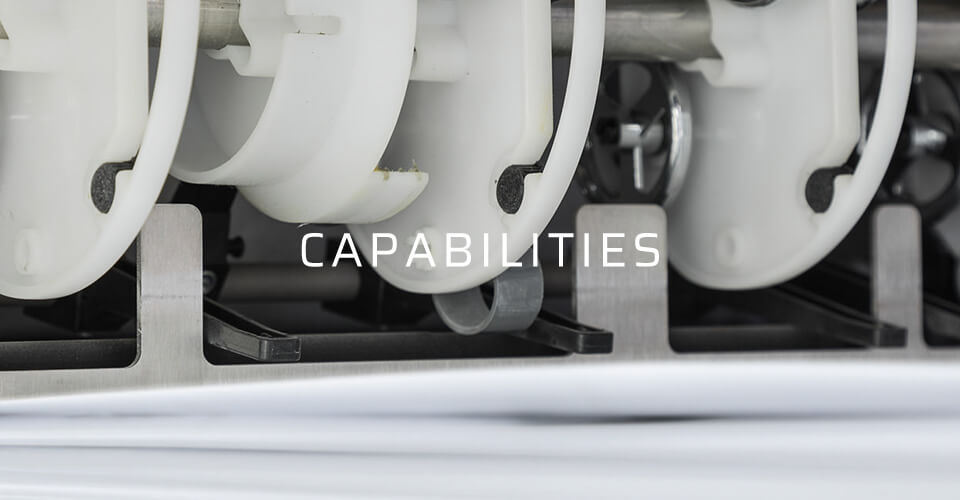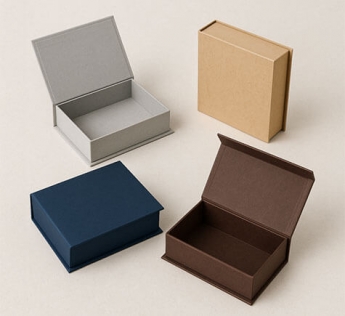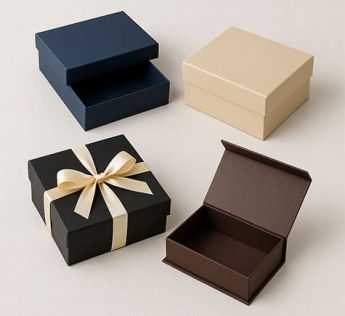The Difference and Applications of Rigid Boxes and Book-Style Boxes: Elevating Your Brand with Premium Packaging
Did you know? Rigid boxes and book-style boxes may look somewhat similar, but they differ greatly in style and purpose! If you're designing packaging for your brand, these two box types are essential choices for creating a high-end image. Today, let’s explore the differences between rigid boxes and book-style boxes, their ideal applications, and how to choose the right one.
Let’s start with the rigid box—this is the star of luxury-grade packaging. Its structure resembles a hardcover book: a fixed inner box wrapped with a sturdy board exterior. It feels just like holding a hardcover book—solid and premium. This type of box is perfect for high-value products like skincare items, gourmet chocolates, and corporate gift sets. You can enhance it with foil stamping, embossing, or textured paper, and pair it with a magnetic closure or ribbon to instantly elevate its luxurious appeal.
Now, what about book-style boxes? As the name suggests, they truly look like a book—with a cover, spine, and typically a side-opening mechanism. Their charm lies in the storytelling experience they provide. You can include illustrations, brand introductions, or product details on the inner panels, turning the packaging into a mini storybook. This makes them perfect for cultural and creative brands, handmade goods, or festive limited-edition gift sets.
So, while both box types convey quality, rigid boxes lean toward a formal, high-end look—often with internal fixtures to secure the product. Book-style boxes, on the other hand, offer more interactive and creative possibilities. Choosing between the two depends on your brand identity and product needs.
Some brands even combine the structure of a rigid box with the design of a book-style box to enjoy the best of both worlds—though this approach comes at a higher cost, making it ideal for special editions or limited releases.
When crafting either of these box styles, attention to detail is key. Hong Guo Printing has extensive experience in this area, ensuring perfection in magnetic closures, fabric-wrapped corners, and 3D embossing on covers. They also provide expert advice on paper thickness and insert materials based on product weight and size—so you never have to worry about functionality.
Many clients have shared positive feedback after switching to rigid or book-style boxes. Some even saw a major boost in social media visibility due to the upgraded packaging. One cultural brand, known for handmade fragrances, switched from clear plastic boxes to book-style packaging—instantly elevating the product’s appeal and doubling their order volume!
Packaging is more than just protection—it’s the most direct expression of your brand identity. The effort you put into creating that first impression can determine whether your product stands out from the crowd.
If you're unsure which box type to choose, consult the professional team at Hong Guo Printing. They’ll not only provide expert advice but also create prototypes and structural adjustments—so you can evaluate the finished look before mass production.
Whether you're aiming for storytelling charm or luxurious appeal, rigid and book-style boxes are both smart investments. Discover which one suits you best and let your packaging become your brand’s most powerful ambassador!







